What Are Ecosystem Processes, and Why Do They Matter on the Ranch?
To improve the health and profitability of our land, we must learn to effectively manage the natural systems by which it functions.
We define regenerative agriculture as “the process of restoring degraded soils using practices based on ecological principles.” But what are “ecological principles”?
Ecological principles are the generally understood beliefs about how ecological systems function and interact, or put another way, basic ways of looking at how the land works. The land is of course more than soil. It is made up of communities that work together through four interconnected, naturally occurring processes, which are referred to as “ecosystem processes.”
The ecosystem processes are:
- Energy Flow
- Water Cycle
- Nutrient Cycle
- Community Dynamics
These processes are intimately connected with the six soil health principles. We can’t have healthy functioning ecosystems without adhering to the soil health principles.
Why do ecosystem processes matter?
If we want to understand how to improve the health and overall function of our land — and make our agricultural operations more profitable — we need to understand these four ecosystem processes. Nature has put them in place, and keeping them functioning well is the most efficient way we can make our living from them now and in the future.
Let’s take a closer look at each one, but remember: What happens in one area of the land (and on a ranch) will always affect other areas. No process stands on its own, but is influenced by everything working together.
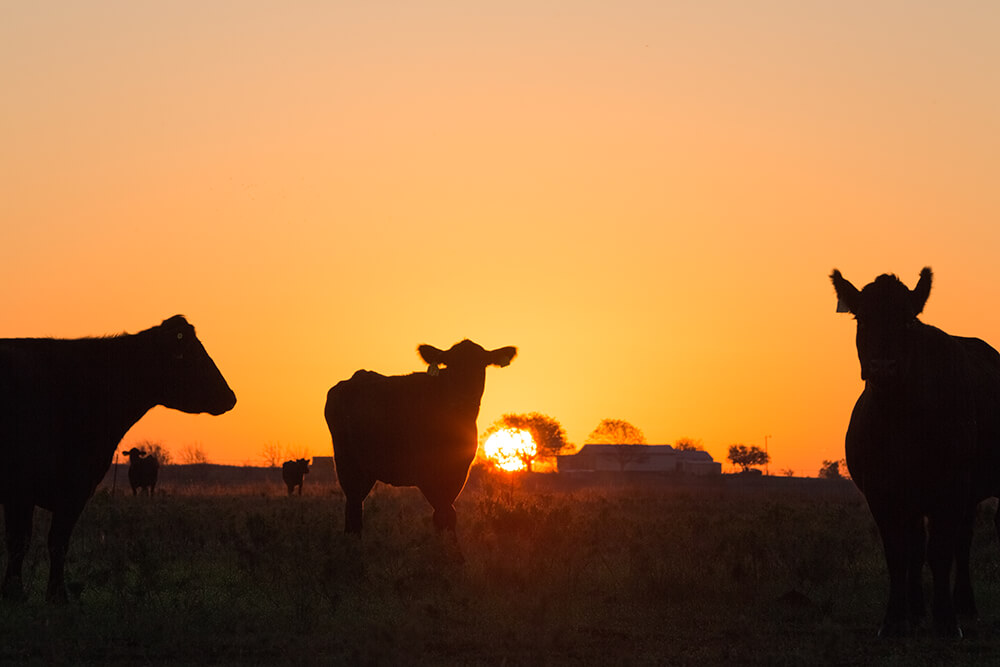
Energy flow
The energy flow, sometimes referred to as the energy cycle, starts with the sun. Plants capture the sun’s energy through their leaves — the solar panels that drive the energy cycle. A plant uses this energy to turn carbon dioxide into food for itself and soil microbes, which in turn becomes forage for grazing animals and ultimately protein for humans.
To ensure this process functions optimally, we need to ensure plants are always present and are given adequate time to recover from grazing.
Look for green growing plants. If plants are green, they are photosynthesizing, and the energy flow is occurring. The goal is to have the energy flow functioning for as long as we can throughout the year.
Healthy, diverse plant communities will have multiple functional plant groups (grasses, forbs, legumes and woody plants) as well as cool- and warm-season plants that all contribute to a functioning energy cycle.
Anything we can do to help the sun reach more photosynthesizing plants will help keep the energy flow moving, transferring more of the sun’s energy into living creatures. Using high stock density as part of an adaptive multi-paddock (AMP) grazing program can be beneficial by not removing too much of the plant’s leaf area (solar panels) and allowing for adequate recovery.
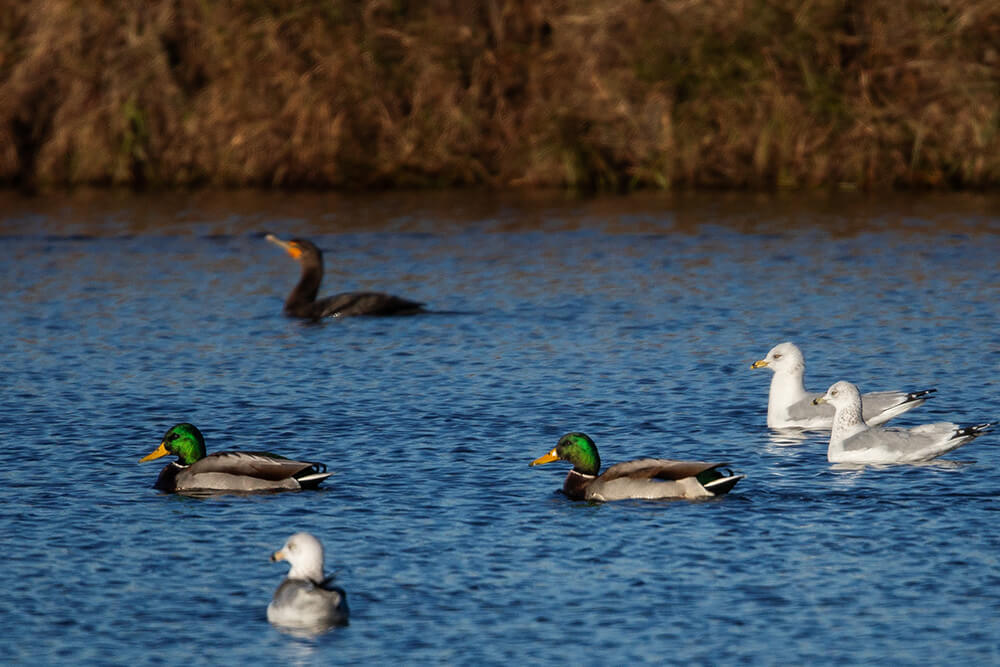
Water cycle
Water cycles through the ecosystem by some of the processes we learned in middle school science: evaporation, precipitation, infiltration (or runoff) and transpiration. Having good ground cover of both actively growing plants and plant litter is key to this process, as is healthy soil that water can flow into.
In an effective water cycle, precipitation like rain and snow hits the ground. Plant cover acts as a shield for the soil. The plants take the biggest impact from the water droplets, reducing the energy of the droplets so that they don’t make a big splash and wash the soil away when they reach the soil. Instead, they drip into the soil, which — when it is healthy and has good structure — soaks in the water droplets, letting them sink to the driest layer of soil to be used by the plant as needed.
Water in the soil also feeds springs and keeps water moving into and through ponds, creeks, rivers and ultimately to the ocean.
In an ineffective water cycle, precipitation falls and meets scattered plants and bare ground. The water droplets hit bare ground like bombs that lead to displaced soil (and the nutrients in it) being picked up and carried away. This leaves a trail of erosion and can pollute waterways downstream. It also leaves less water to soak into the soil and nourish the plants, leaving them more susceptible to drought conditions.
When rain hits bare ground, the pounding effect can also create a hardened surface that traps carbon dioxide in the soil and prevents soil from taking in oxygen.
When the ground is covered with plant life, it keeps the soil shaded from the sun, which decreases soil temperature and evaporation. Lower temperatures in the summer and less evaporation results in a more functional water cycle and drought resiliency.
On grasslands, which evolved under grazing pressure, the integration of grazing animals is essential to keeping the water cycle flowing. The animals break up hardened ground to stimulate plant growth while benefiting nutritionally from a wide array of forages that can cover the ground.
We want to try to capture as much water in the soil as we can by keeping the ground covered with plants, managing grazing, and promoting soil microbial life that help form the soil aggregates (structure) that turn the soil into a sponge to soak in needed air and water.
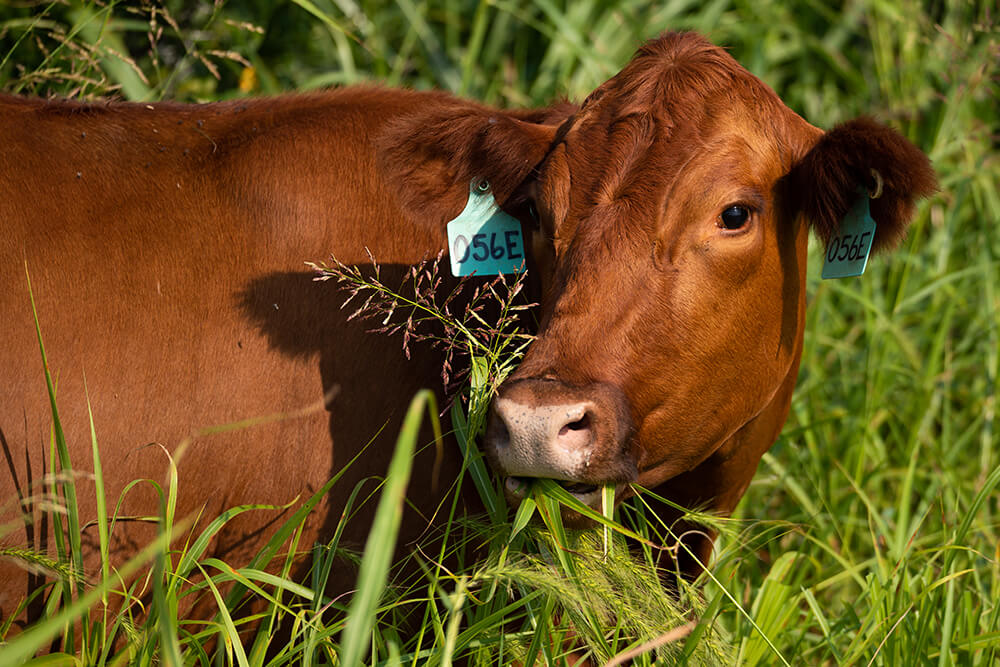
Nutrient cycle
The nutrient cycle is all about the transfer of nutrients between living organisms and nonliving materials.
Nutrients come from various sources in both the soil and air. The soil gets some nutrients from mineral rocks. Other nutrients come from rainfall or from the atmosphere.
Bacteria, fungi and other microscopic life in the soil play important roles in cycling nutrients from air and water, making the nutrients accessible to plants and ultimately the animals (and humans) that eat them.
Much of this nutrient cycling activity takes place at the root level, hence the reason it’s important to keep growing roots in the ground year-round. Management can also impact the microbes’ ability to keep the cycle going. Tillage can be devastating to the soil microbial community, as can long-term use of pesticides and synthetic fertilizers.
Managed disturbances, primarily grazing and fire, can help maintain the aboveground nutrient cycle. Earthworms, insects and soil microbes help improve the cycle belowground.
An optimal nutrient cycle depends on good plant diversity and soil cover.
Livestock and wildlife play important roles in cycling nutrients through deposition of manure and urine as well as trampling of plant materials. Dung beetles then help incorporate the manure into the soil, playing an integral role in the nutrient cycle.

Community dynamics
Community dynamics are the changes to community structure and composition over time, including changes in microbiology, plant and animal life.
The community dynamics process considers that every living thing (microbe, plant or animal) that establishes itself in a particular environment will change its environment in some way, even if in a small way. Over time, as the environment changes, so do the type of plants, animals and microbiology that occupy that area.
The changes typically occur gradually through a process known as secondary plant succession. Rest advances plant succession, and disturbances such as fire and grazing set succession back.
As succession advances, the plant community will change from annual and perennial grasses and forbs and shrubs, and eventually a woody dominated plant community (shrubland or forest depending on where you are located).
When we manage plant communities for grazing and wildlife habitat, we are managing succession. We apply management to either set back or advance plant succession, depending on the goals of the ranch.
In most grasslands, the lack of disturbance (rest) will result in woody plant encroachment. This could lead to a shift in the plant community so that it is dominated by woody plants, reducing the amount of grazeable acres. However, some animals need early successional plant communities (annual grasses and forbs and few woody plants), and other animals need late successional plant communities (perennial grasses and forbs, shrubs and trees). This underscores the importance of plant diversity to promote healthy wildlife habitats and populations.
In introduced monoculture pastures (bermudagrass, fescue), community dynamics are static. Weeds are typically sprayed and grasses fertilized, which keeps the plant successional stage in the same place year after year. This is less desirable for keeping the ecosystem functioning well. As we move to more plant diversity, community dynamics are more functional.
Having a year-round, diverse plant community can improve the nutrient and water cycles and optimize the energy cycle. Managing for functioning community dynamics with a wide diversity of plants — forage types (grasses, forbs and trees), perennials and annuals, and cool-season and warm-season species — works to complement the other three cycles.
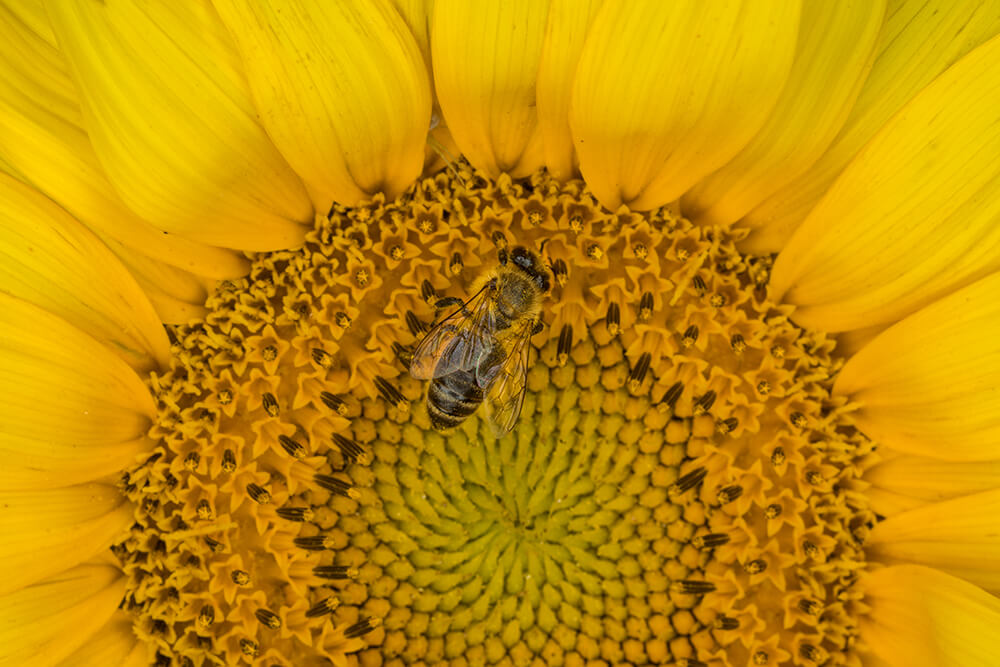
The four ecosystem processes help us to understand how the natural systems of our land should work. Remember, the land is not just the ground beneath your feet. It includes the soil, water, air, plants animals and humans. It’s only through an understanding of these interconnected processes that we can make management decisions that help our ranches function in the way that nature intended.

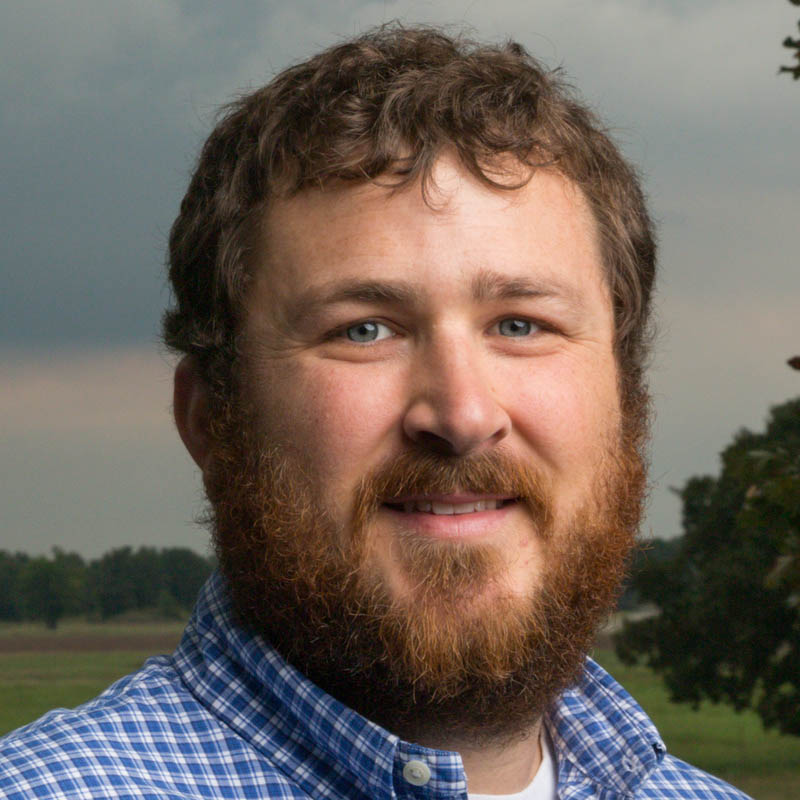
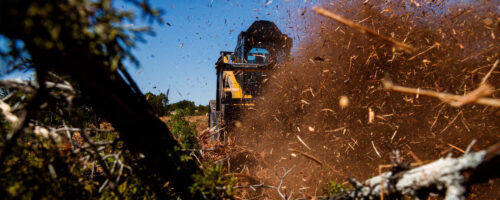
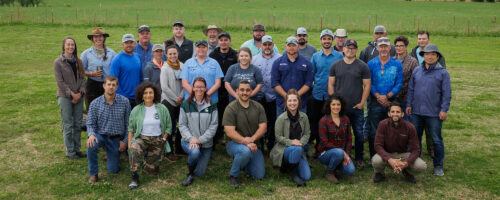
Comment